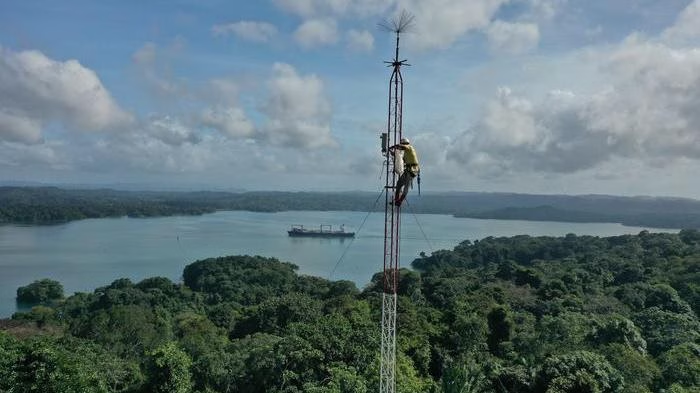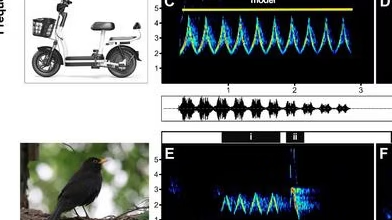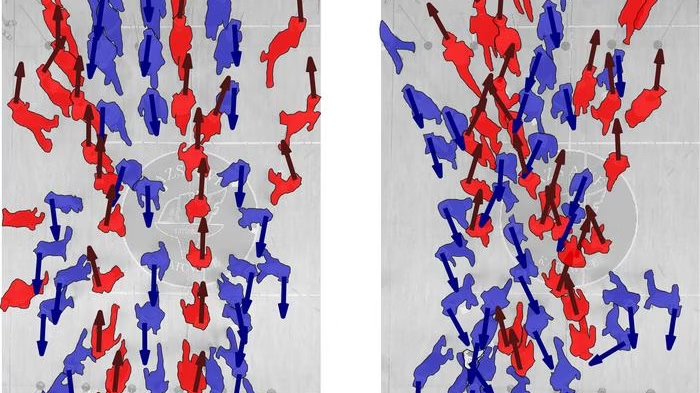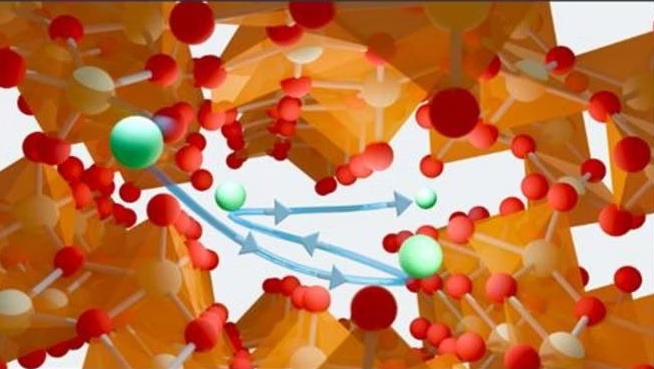From University of Kansas 03/04/24

LAWRENCE — With the evolution of artificial intelligence comes discussion of the technology’s environmental impact.
A new study has found that for the tasks of writing and illustrating, AI emits hundreds of times less carbon than humans performing the same tasks.
That does not mean, however, that AI can or should replace human writers and illustrators, the study’s authors argue.
Andrew Torrance, Paul E. Wilson Distinguished Professor of Law at KU, is co-author of a study that compared established systems such as ChatGPT, Bloom AI, DALL-E2 and others completing writing and illustrating to that of humans.
Like cryptocurrency, AI has been subject to debate about the amount of energy it uses and its contributions to climate change.
Human emissions and environmental impact have long been studied, but comparisons between the two have been scant.
The authors conducted a comparison and found that AI systems emit between 130 and 1,500 times less CO2e (carbon dioxide equivalent) per page of text generated than human writers and illustration systems between 310 and 2,900 times less CO2e per image than humans.
“I like to think of myself as driven by data, not just what I feel is true. We’ve had discussions about something that appears to be true in terms of AI emissions, but we wanted to look at the data and see if it truly is more efficient,” Torrance said.
“When we did it, the results were kind of astonishing. Even by conservative estimates, AI is extremely less wasteful.”
The study, co-written with Bill Tomlinson, Rebecca Black and Donald Patterson of the University of California-Irvine, was published in the journal Nature.
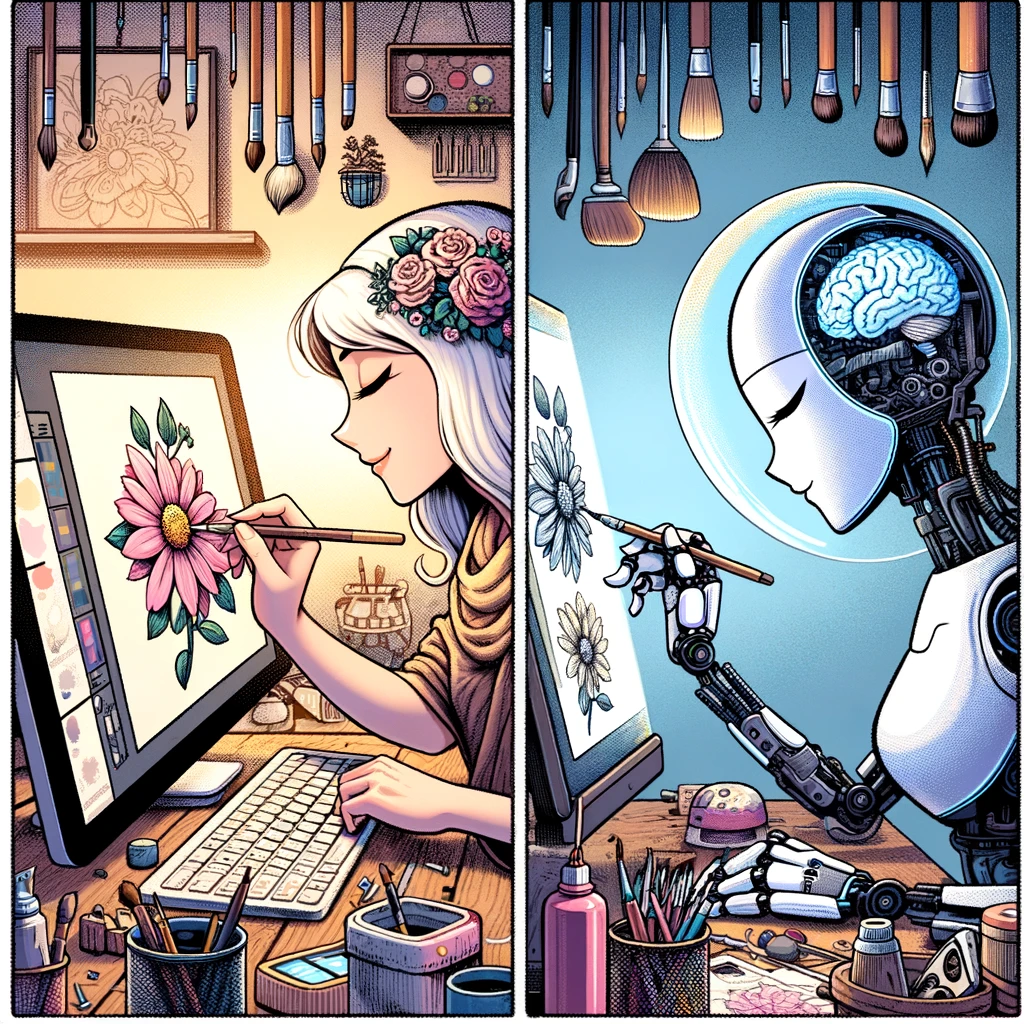
To calculate the carbon footprint of a person writing, the researchers consulted the Energy Budget, a measure that considers the amount of energy used in certain tasks for a set period of time.
For example, it is well established how much energy a computer with word processing software uses per hour.
When multiplied by the average time it takes a person to write a page of text, on average, 250 words, an estimate can be arrived at.
Using the same amount of energy used by the CPUs that operate AI such as ChatGPT, which can produce text much faster, produces an estimate for AI.
Researchers also considered per capita emissions of individuals in the United States and India.
Residents of the former have approximate annual emissions of 15 metric tons CO2e per year, while the latter is an average of 1.9 metric tons.
The two nations were chosen as they have the highest and lowest respective per capita environmental impact of countries with population higher than 300 million, and to provide a look at different levels of emissions in different parts of the world in comparison to AI.
Results showed that Bloom is 1,400 times less impactful than a U.S. resident writing a page of text and 180 times less impactful than a resident of India.
In terms of illustration, results showed that DALL-E2 emits approximately 2,500 times less CO2e than a human artist and 310 times less than an India-based artist.
Figures for Midjourney were 2,900 times less for the former and 370 times less for the latter.
As technologies improve and societies evolve, those figures are almost certain to change as well, Torrance said.
The authors wrote that carbon emissions are only one factor to consider when comparing AI production to human output.
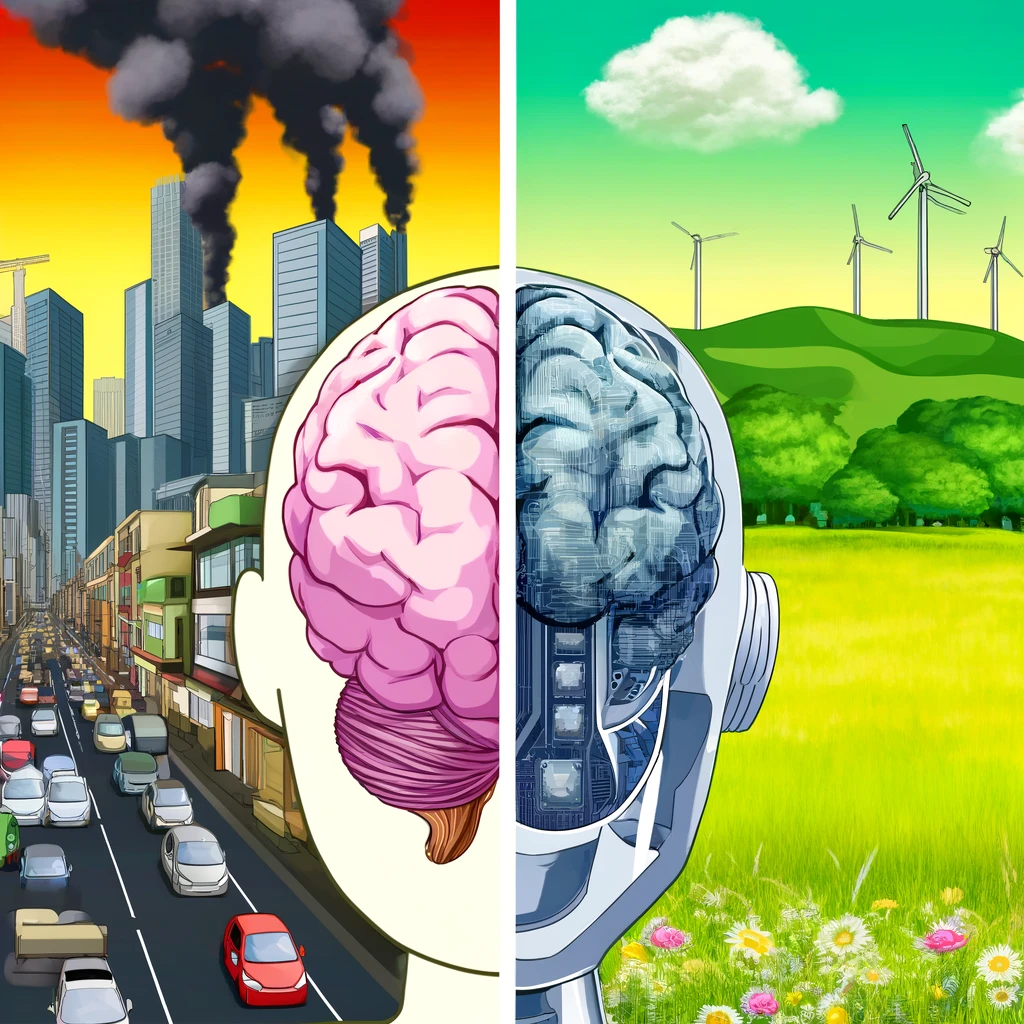
As the technologies exist now, they are often not capable of producing the quality of writing or art that a human can.
As they improve, they hold the potential to both eliminate existing jobs and create new ones.
Loss of employment has potential for substantial economic, societal and other forms of destabilization.
For those and other reasons, the authors wrote, the best path forward is likely a collaboration between AI and human efforts, or a system in which people can use AI to be more efficient in their work and retain control of final products.
Legal issues such as the use of copyrighted material in training sets for AI must be considered, the authors wrote, as does the potential for an increase in artificially produced material to result in an increase in the energy it uses and resulting emissions.
Collaboration between the two is the most beneficial use of both AI and human labor, the authors wrote.
“We don’t say AI is inherently good or that it is empirically better, just that when we looked at it in these instances, it was less energy consumptive,” Torrance said.
The research was conducted to improve understanding of AI and its environmental impact and to address the United Nation Sustainable Development Goals of ensuring sustainable consumption and production patterns and taking urgent action to combat climate change and its impacts, the researchers wrote.
For their part, the authors have begun to use AI as an aid in producing drafts for some of their writing, but they also agree on the necessity of carefully editing, and adding to, such drafts manually.
“This is not a curse, it’s a boon,” Torrance said of AI.
“I think this will help make good writers great, mediocre writers good and democratize writing.”
“It can make people more productive and can be an empowerment of human potential. I’m hugely optimistic that technology is getting better in most respects and lightening the effects we have on the Earth.”
“We hope this is just the beginning and that people continue to dig into this issue further.”


